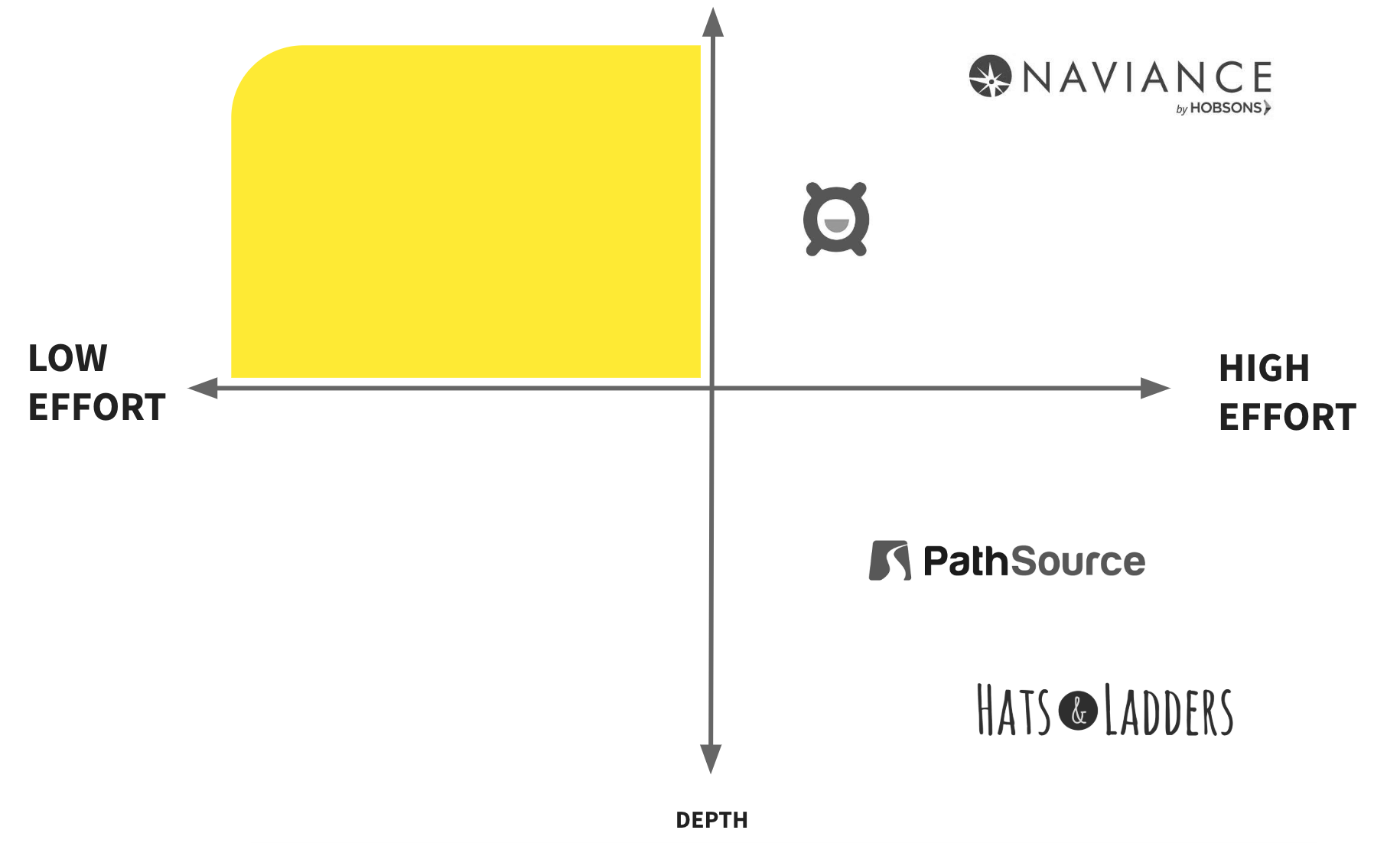Original Prompt
As Western Pennsylvania rapidly advances in fields such as technology, healthcare, and finance, and a significant proportion of the workforce retires, there lies an impending deficit of workers in the region. Allegheny Conference aims to secure the economic future of the 10-county Pittsburgh region through multiple initiatives. In this effort, the Conference partnered with numo and CMU MHCI, to target pre-college students, bridging skill development and planning with the future workforce. In short, our challenge was to prepare this emergent workforce for the in-demand skills and jobs of the future.
Our Narrowed Focus
However, we found that emergent workers are less interested in data regarding workforce outlook, and more interested in mapping current interests to potential careers. This affinity towards personal over professional success shifted our focus to providing an engaging way of assessing the interests of early high school students and exposing them to possible careers. This will result in exposure to relevant careers while naturally illuminating current and future job market opportunities.



